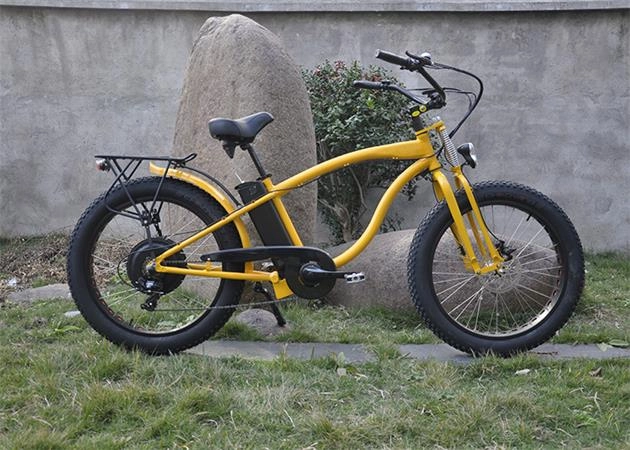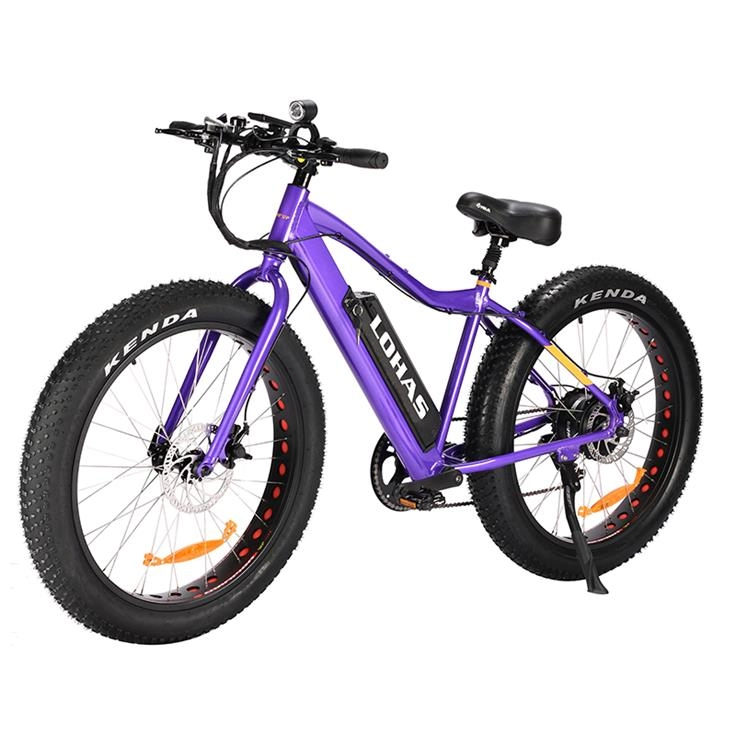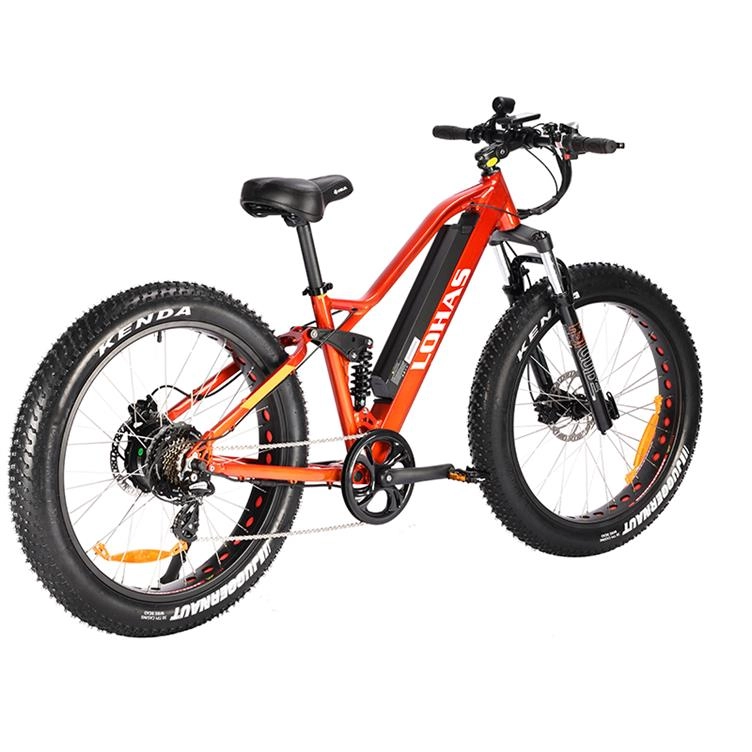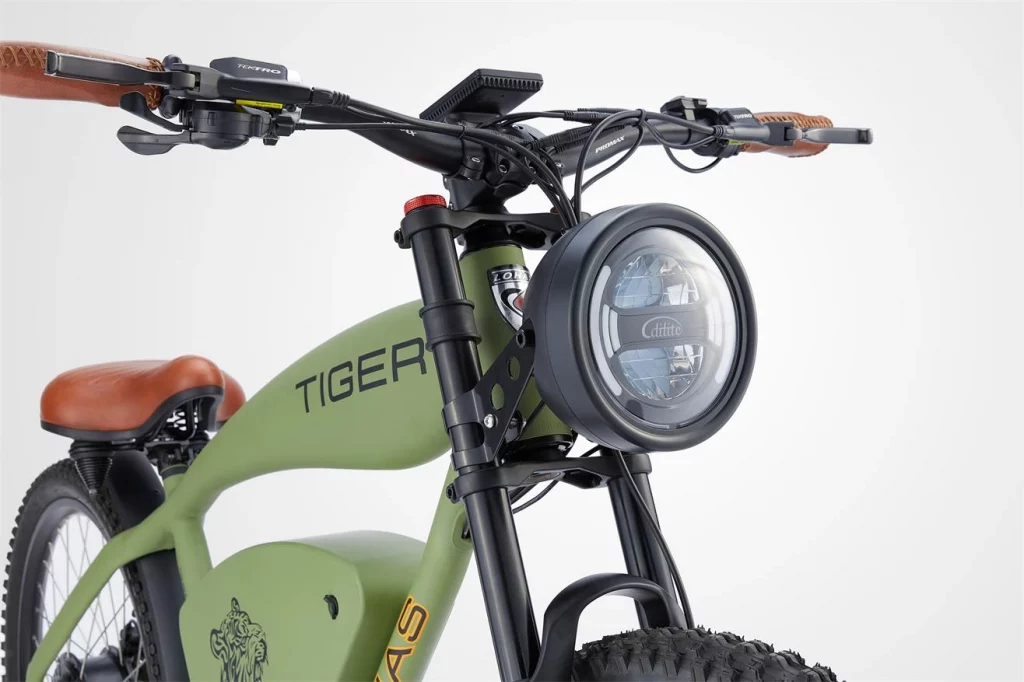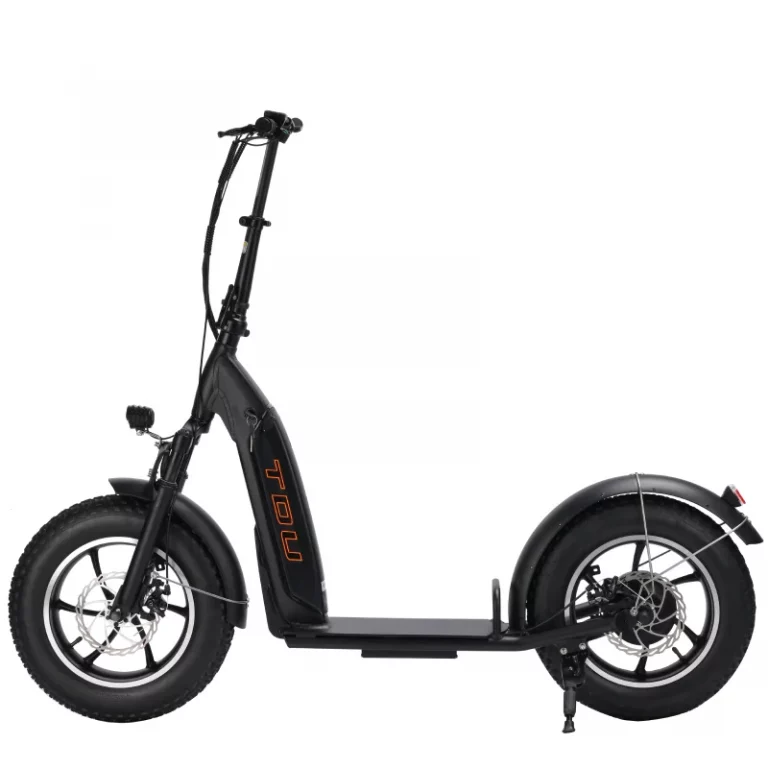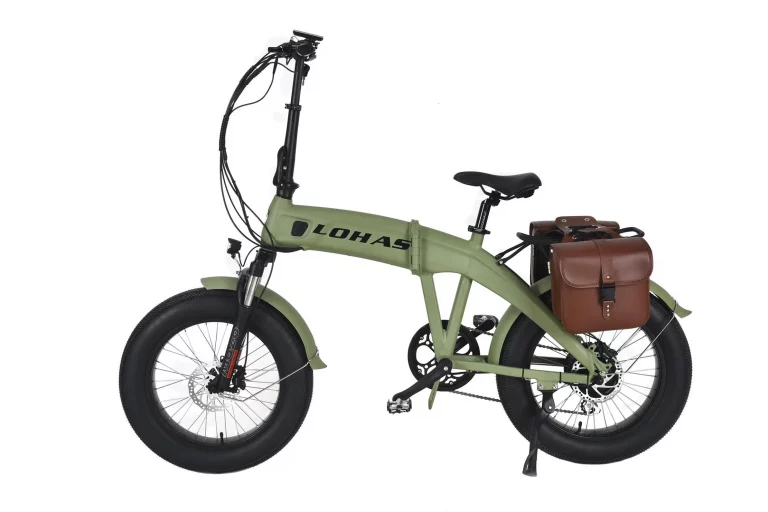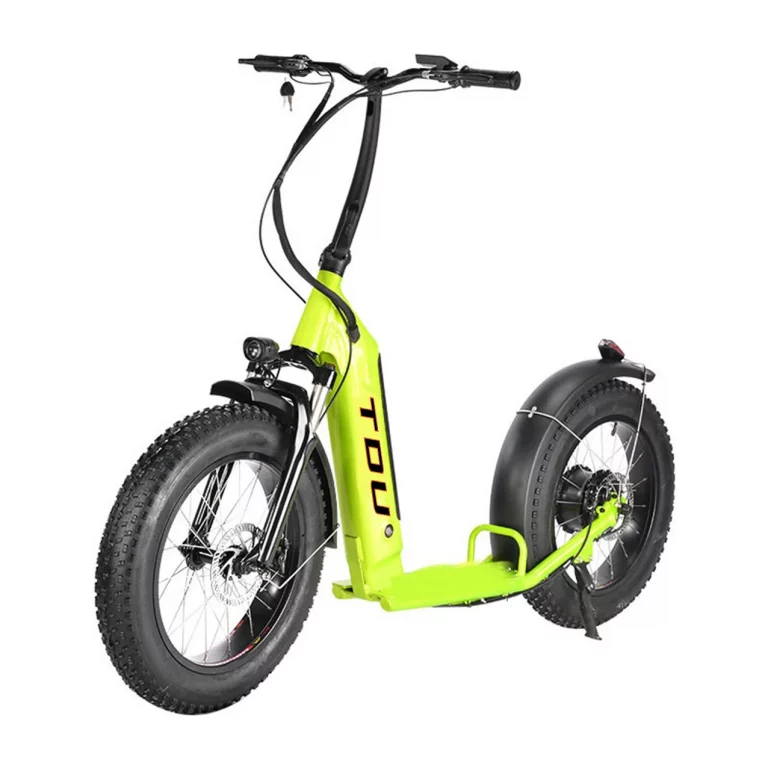Introduction to Electric and Traditional Bikes
In recent years, the debate between electric bikes (e-bikes) and traditional bikes has intensified. Each option presents unique advantages and disadvantages, making it essential for potential buyers to consider their individual transportation needs and preferences. Electric bikes are designed to assist riders with an integrated electric motor, providing additional power to make cycling easier and more efficient, particularly in challenging terrains. On the other hand, traditional bikes rely solely on human power, which can offer a more physically engaging experience and may better suit those who prefer a more active lifestyle.
Performance Comparison
Speed and Efficiency
When comparing the performance of e-bikes and traditional bikes, speed and efficiency are key factors. Electric bikes can reach higher speeds thanks to their motors, which assist with pedaling, making them less strenuous for the rider. This added power is particularly beneficial when navigating steep hills or commuting over long distances. Traditional bikes often have a speed limit naturally governed by the rider’s stamina, which may make them less appealing to those seeking faster travel options. Thus, for commuters or recreational riders focused on speed, electric bikes may be a more suitable choice.
Battery Life and Range for Electric Bikes
Battery life and range are two critical components that distinguish electric bikes from their traditional counterparts. E-bikes typically utilize lithium-ion batteries, with most models offering a range between 40 to 100 kilometers on a single charge, depending on various factors such as terrain and level of assistance used. Integrating an electric motor allows for longer rides without the same level of fatigue experienced while using traditional bikes. However, users should consider the need for battery management, as well as availability of charging stations, especially for longer trips.
Maintenance Requirements
Maintenance for electric bikes can be more complicated than traditional bikes due to their added electrical components. Users must manage battery health, monitor motor functionality, and ensure wiring is intact, which may require specialized knowledge or assistance. Traditional bikes, by contrast, typically require standard maintenance such as tire inflation and chain lubrication, making them simpler to care for overall. Thus, while electric bikes offer convenience and ease of riding, they may come with higher maintenance demands.
Cost Analysis
Upfront Costs
The initial investment for electric bikes tends to be higher than that of traditional bikes. E-bikes often range from several hundred to several thousand dollars depending on the model and features, while traditional bikes can be purchased for much less. While the increased cost may deter some prospective riders, many consumers find that the benefits of electric bikes offset their initial expenses, especially for those intending to use them regularly for commuting or long rides.
Long-term Financial Implications (Maintenance, Fuel, Battery Replacement)
In the long term, the financial implications of using electric bikes can vary significantly. E-bikes require considerations for battery replacement, which can be a notable expense, typically occurring every two to five years. Additionally, while they draw power from electricity, their operational costs remain relatively low compared to motor vehicles. Traditional bikes also have minimal ongoing expenses except for routine maintenance, leading to lower overall ownership costs. Understanding these long-term implications is vital for potential buyers when weighing their options.
Environmental Impact
Carbon Footprint of Electric Bikes
The environmental impact of electric bikes is increasingly recognized as a beneficial factor in sustainable transportation. E-bikes produce significantly fewer carbon emissions compared to automobiles, making them an eco-friendly alternative for short-distance travel. Additionally, by promoting cycling over driving, e-bikes help reduce traffic congestion and improve urban air quality. The materials used to manufacture e-bikes can also be more sustainable, depending on the brand and model, demonstrating a commitment to eco-friendly practices.
Carbon Footprint of Traditional Bikes
Traditional bikes have a notably smaller carbon footprint than both e-bikes and motor vehicles. Their production typically consumes fewer resources, and since they rely solely on human power for operation, they do not produce emissions during use. Riders who choose traditional bikes contribute to reducing overall carbon levels in the environment, fostering a healthier planet. Consequently, traditional bikes can be seen as one of the most sustainable transportation options available.
Health and Fitness Considerations
Physical Activity Levels
Choosing between electric and traditional bikes can influence physical activity levels. Traditional bikes engage users entirely through physical exertion, typically resulting in a more significant workout. On the other hand, e-bikes can reduce the intensity of physical activity since the motor assists with pedaling. However, some studies suggest that e-bike riders might engage in more frequent and longer rides, leading to increased overall activity when compared to traditional cyclists who may be deterred by challenging terrains or longer distances.
Potential Health Benefits and Drawbacks
Health benefits from cycling, regardless of the type, include improved cardiovascular health, increased muscle strength, and enhanced mental well-being. Electric bikes offer unique benefits by providing an accessible means of transportation for individuals who may have physical limitations or are returning to exercise after a hiatus. However, some critics argue that the less intense workout associated with e-bikes may not provide the same health benefits as traditional biking. Ultimately, both options offer distinct advantages, emphasizing the importance of individual preferences and goals in making a choice.
In conclusion, the choice between electric bikes and traditional bikes involves many factors, including performance, cost, environmental impact, and health considerations. Each type appeals to different riders based on their specific needs, preferences, and lifestyle. As the popularity of e-bikes continues to rise, brands like Yongkang LOHAS Vehicle Co., Ltd. are paving the way for a sustainable future in cycling, while also catering to diverse audiences seeking eco-friendly and efficient transportation solutions.
Usability and Practicality
Commuting Convenience
Urban Environments
In urban areas, commuting convenience is a crucial aspect that can influence the choice between electric bikes (e-bikes) and traditional bikes. E-bikes are increasingly favored due to their ability to handle traffic congestion with ease. The electric motor assists riders, allowing them to navigate through busy streets and arrive at their destination faster than traditional bikes. Furthermore, e-bikes can be parked easily, and some urban environments even have designated bike lanes, which enhance the commuting experience by providing a safer travel option. These facts make e-bikes highly suitable for city dwellers who wish to avoid traffic jams and public transportation hassles.
Suburban and Rural Areas
In suburban and rural settings, both electric and traditional bikes can offer unique advantages. For electric bikes, the additional power is beneficial when riding on uneven terrain or dealing with varying elevation levels typically found in these areas. Riders can enjoy longer distances without becoming fatigued, making it easier to explore remote locations. Traditional bikes can also be appealing, as they provide a simple riding experience—ideal for leisurely rides in scenic environments. Ultimately, the choice between the two depends on an individual’s preference for riding style and the specific terrain they navigate.
Cargo and Load Capabilities
Cargo capacity is another important consideration, especially for commuters who may need to transport items while riding. E-bikes often come equipped with additional features like integrated racks and panniers that facilitate hauling heavier loads. Their stability and electric assistance enable riders to carry groceries, work supplies, or personal items without excessive strain. Traditional bikes can similarly offer storage options but often come with limitations in terms of load capacity and comfort due to their reliance solely on human power. Therefore, individuals who anticipate needing to transport assorted items during rides may find electric bikes to be a more practical alternative.
Safety Aspects
General Road Safety
Safety is paramount in any mode of transportation, and both electric and traditional bikes have distinct implications in this area. Electric bikes are equipped with features such as integrated lights and horns to enhance visibility and alert other roadway users. Furthermore, many modern e-bikes incorporate advanced braking systems that provide quicker stopping power, which can be crucial in emergencies. In contrast, traditional bikes may lack such features, making riders potentially more vulnerable, especially in busy urban environments. Riders must familiarize themselves with local traffic regulations and road signage, as understanding these safety measures is essential for both bike types.
Design Features Enhancing Safety in Electric Bikes
Design elements in electric bikes contribute significantly to rider safety. Many e-bikes are constructed with upgraded frames that resist impacts better and come with improved tire grip, allowing riders to navigate challenging conditions more effectively. Additional features, such as suspension systems, can absorb shocks from uneven surfaces, further enhancing comfort and stability. Moreover, e-bikes typically offer safety gear such as wider handlebars, which can provide better control, especially for less experienced riders. Increased attention to safety in e-bike design contributes to a more secure riding experience.
Conclusion: Making an Informed Choice
When choosing between electric and traditional bikes, future riders must evaluate their individual needs, surroundings, and riding habits. Each option carries its benefits and challenges—e-bikes offer convenience, speed, and assistance for longer journeys, while traditional bikes provide a no-frills, engaging workout experience. By pondering aspects such as commuting convenience, cargo capacity, and safety considerations, the decision can be tailored to fit one’s lifestyle. Thus, understanding both electric and traditional bikes can empower individuals to make a more informed decision suited to their specific situation.
Explore LOHAS Scooter’s Electric Bike Range
Yongkang LOHAS Vehicle Co., Ltd. is an esteemed manufacturer specializing in electric bikes and scooters. With a commitment to delivering eco-friendly transportation solutions, LOHAS offers a diverse range of high-quality electric bikes that incorporate advanced design and technology. Potential buyers can explore various models tailored to different needs, whether for urban commuting or recreational exploration. The emphasis on sustainability at LOHAS ensures that riders can enjoy a greener travel experience while benefiting from the performance and reliability of their electric bikes. From features such as robust frames to efficient battery systems, LOHAS e-bikes present an excellent choice for those looking to embrace eco-friendly cycling. By choosing a LOHAS electric bike, customers not only enhance their mobility but also contribute to a more sustainable future in transportation.

